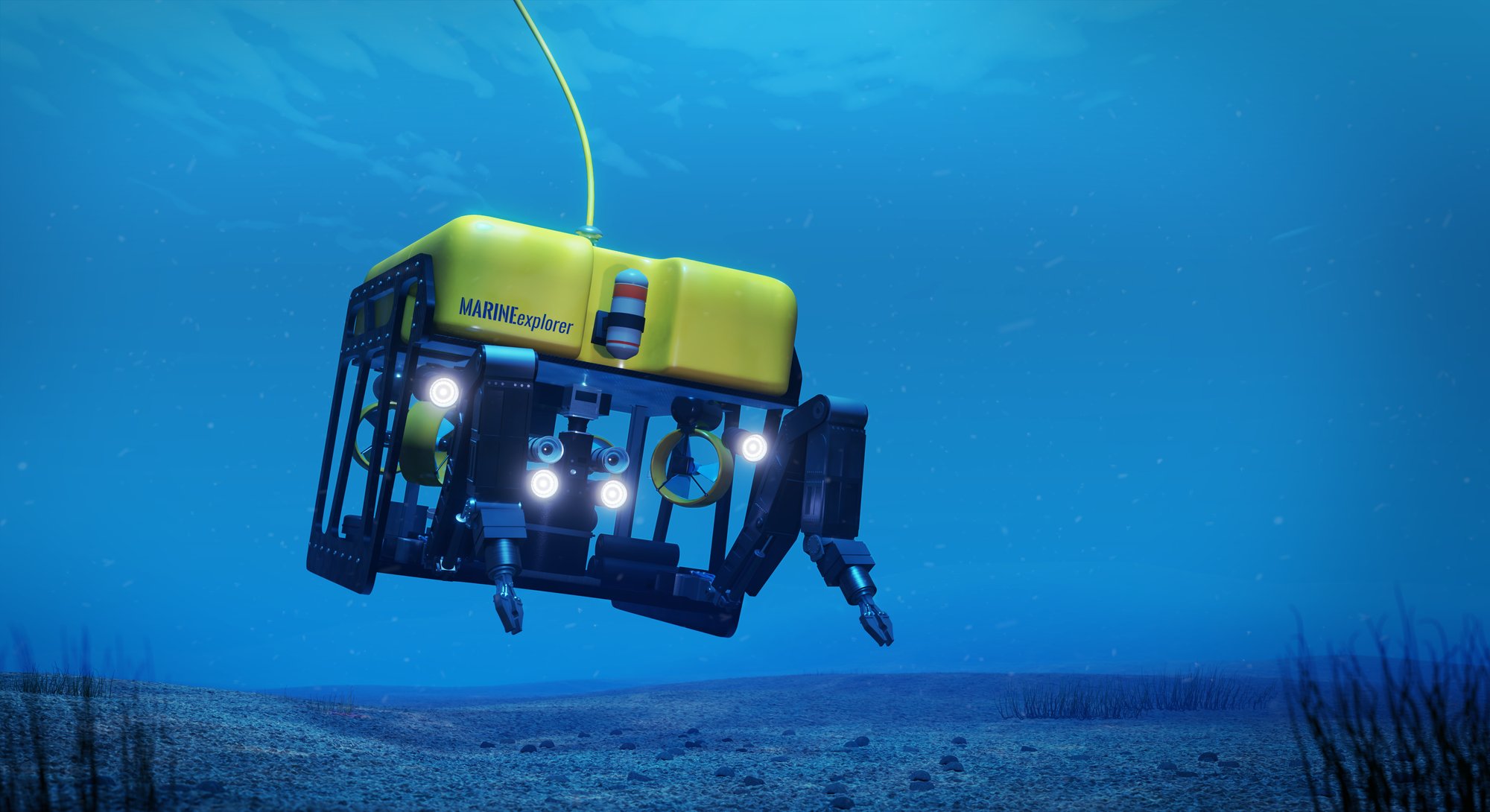Dynamic Riser Analysis
Dynamic Risers: Unveiling Applications, Analysis, and Design Intricacies
Interactive Learning
Industry insights
Networking Opportunities
Networking opportunities
Network with like-minded individuals and industry experts working within risers.
Jeenius
Mastering Dynamic Analyses: In-Depth Exploration with OrcaFlex
Module Highlights
Day 1 - Dynamic Riser Types, FPSOs and Riser Interfaces
Day 2 – Dynamic Analysis, FPSO Motions, and Soil-Riser Interactions
Day 3 – Advanced Techniques - Finite Element Analysis, Engineering Critical Assessment
Who should attend?
Navigating the Course: Daily Breakdown
Dynamic riser types and uses
- Production vessels
- Top-tensioned risers
- Flexible risers
- Steel catenary risers
- Hybrid risers
- Drilling risers
Introduction to FPSOs
- Overview of FPSOs
- Types of FPSO
- Mooring and turret arrangements
Riser interfaces and components
- Overview of riser to vessel interfaces
- Top-tensioned riser components
- Flexible riser components
- Steel catenary riser components
- Hybrid riser components
- Drilling riser components
Global bending and dynamic analysis
- Analysis steps
- Software
- Catenaries
- Pipe stresses
- Worked example
- Vessel motions and dynamic loads
- Load cases
- Fatigue assessment
FPSO vessel motions
- Components of motion
- Types of vessel motion
- Wave frequency motion
- Drift and higher order motion
- Defining motion with RAOs
Waves and currents
- Metocean data
- Tides
- Wind
- Currents
- Waves
- Theories & spectra
- Hydrodynamic loadings
Soil-riser interactions
- Soils and soil types
- Survey methods
- Deriving soil properties
- Riser behaviour
- Scour, settlement, and embedment
Vortex-induced vibrations
- Sections of risers at risk
- Modelling VIV
- General design approach
- Riser dynamics and natural frequency
- Orcaflex approach
- Tank trials comparisons
Fatigue and fracture mechanics
- Fatigue loadings
- Riser fatigue assessment
- S-N curves and SCF stress concentration
- Rainflow counting
- Flexible and umbilical fatigue mechanisms
- Fracture mechanics
- Improving fatigue life
Design basis and riser analysis
- Design codes and considerations
- Typical development of design
- Input verification
- Modelling of non-linearities
- Design of connectors
- Basis of design
- Prepare input data
- Modelling process
- Output data analysis
Learning Outcomes
- Describe dynamic riser configurations and components and how they are modelled in dynamic analysis
- Explain the dynamic loads acting on a riser and how these loads are generated and assessed
- Predict dynamic responses of risers
- Describe the critical failure modes for both flexible and rigid risers and how onset of failure is predicted
- Apply the main industry design codes and practices relevant to dynamic riser analysis
- Identify the main industry software packages available for dynamic riser analysis

Meet Your Expert Tutor

Martin East
Dynamic Riser Analysis
Martin East, a chartered mechanical engineer with extensive expertise in finite element analysis and the Abaqus non-linear FEA software, is a leading tutor for Jee's "Dynamic Riser Analysis" course. With a career dating back to 1988 and joining Jee in 1996, Martin's role has encompassed consultancy projects and analysis. His depth of knowledge in engineering and practical experience in industry-leading software makes him an invaluable resource for this course.
Martin's expertise is particularly relevant to this course, as it delves into complex analytical methods and software applications where his experience with the Abaqus software and his background in mechanical engineering are particularly beneficial. His role in presenting many of Jee's training courses highlights his ability to convey complex technical information effectively, making him an ideal tutor for this course.
Start Dates
| Location | Start Date | End Date | Number of Days | Timings |
|---|---|---|---|---|
Virtual (Live Instruction) |
19th March 2024 |
21st March 2024 |
3 |
09:00 to 16:30 (with regular breaks) |
Virtual (Live Instruction) |
29th May 2024 |
31st May 2024 |
3 |
09:00 to 16:30 (with regular breaks) |
Virtual (Live Instruction) |
19th August 2024 |
21st August 2024 |
3 |
09:00 to 16:30 (with regular breaks) |
Your Pricing Path: Course or Course Bundle
Standard Access
Individual Course Access
£2,195
-
Live Classes: Dive into live, interactive sessions focusing on real-time learning and discussions with peers and industry experts.
-
Access to Jeenius Platform: Unlock a realm of additional resources, peer forums, and expert interactions extending your learning beyond the classroom.
-
Industry Expert Interaction: Network and learn from seasoned industry professionals throughout the course, discussing real-world challenges and solutions.
Premium Access
Integrity Management Bundle
Unlimited lifetime access to all of our Integrity programmes.
£9,995
For just £9,995, you'll unlock lifetime access to our full spectrum of integrity courses, a collection with a value exceeding £30,000.
This offer isn't just about diverse subjects like Integrity Management, Lessons Learned, Flexibles and Riser, and more; it's a gateway to limitless learning.
Enjoy the freedom to access all materials and attend live classes whenever you wish, from anywhere, at any time. Elevate your expertise on your terms and at your convenience, ensuring a dynamic and flexible educational journey
Find Out more

